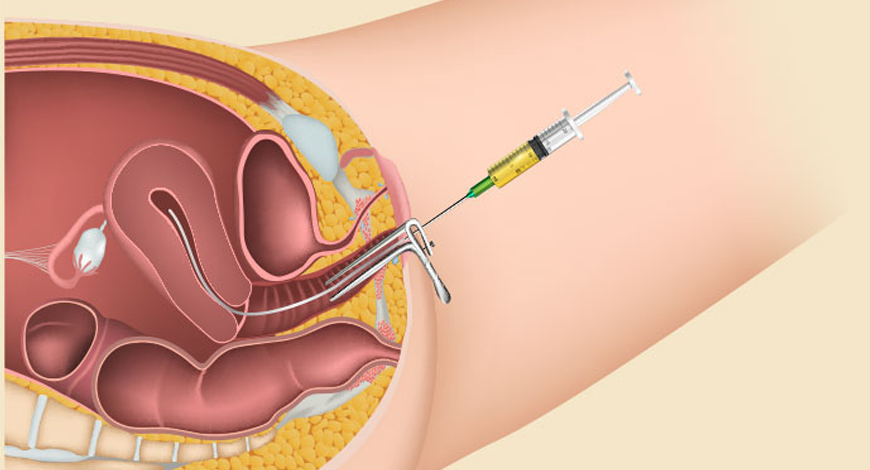Fresh vs. Frozen Embryo Transfers: What’s Best for You?

Fresh vs. Frozen Embryo Transfers: What’s Best for You?
If you can conceive naturally, it’s great, but if you cannot, medical science has come a long way to help you with the process through Assisted Reproductive Treatments (ART) like IVF. Between 250,000 to 300,000 IVF Treatments are performed annually in India, and the country has 2,500 IVF clinics and chains. However, before you get into the entire process and reach out to the Best IVF Doctors in Chennai, there are some things you might need to know.
One of them is the choice you might face between a fresh embryo transfer and a frozen one. Many aspiring parents go through this dilemma, so don’t worry you are not alone. If you are wondering “What’s best for me?” we are here to break it down together, so you can make a choice that feels right for your unique situation.
What is a Fresh Embryo Transfer?
As per the Best IVF Doctors in Chennai, and of course scientifically speaking, a Fresh Embryo Transfer happens during the same cycle in which your eggs are retrieved. After fertilization, usually the embryos are monitored for about 3 to 5 days, and one or more are transferred directly into the uterus. So your body and embryo can be ready simultaneously.
Fresh transfers are a more immediate process, and for some, it offers the emotional comfort of a quicker timeline. You can consult the IVF Specialists at the Best Fertility Clinic in Chennai and based on your condition (including hormones, uterine lining and embryo quality), they can suggest if fresh transfers can work for you for successful pregnancies.
What is a Frozen Embryo Transfer?
In a Frozen Embryo Transfer (FET), embryos are cryopreserved (frozen) shortly after fertilization. In this case, you have more flexibility and control over timing because the embryos can later be unfrozen and transferred during a later cycle when your body is better prepared.
Here freezing technology, especially vitrification is used, and embryos are preserved with minimal damage. In fact, it can come as a surprise, but the success rates for frozen transfers now rival or even surpass those of fresh transfers.
Pros and Cons of Each Option
To simplify it further for you, here are the pros and cons of each procedure:
Fresh Embryo Transfers
Pros:
Quicker Process: No waiting for an additional cycle.
Cons:
Hormonal Overload: After ovarian stimulation, your body might not be in its best shape to support a pregnancy.
Lower Success Rates for Some: If your uterine lining isn’t optimal, implantation may be less likely.
Frozen Embryo Transfers
Pros:
More Control: Your body gets a chance to recover from ovarian stimulation.
Higher Flexibility: You can plan the transfer when conditions are ideal.
Cons:
Longer Timeline: Waiting can feel frustrating, especially if you are eager to move forward.
Additional Cost: Freezing and storing embryos can add to the overall expense.
So, What’s Best for You?
You cannot think that what worked for others in IVF will work for you. Instead, to increase your success rates, talk openly with your Fertility Specialist at your chosen Fertility Center in Chennai, ask questions, share your concerns, and follow what the doctors tell you.
Looking for the Best Fertility Clinic in Tamil Nadu for your IVF Procedure? Reach out to our team at Chennai Fertility Center today!